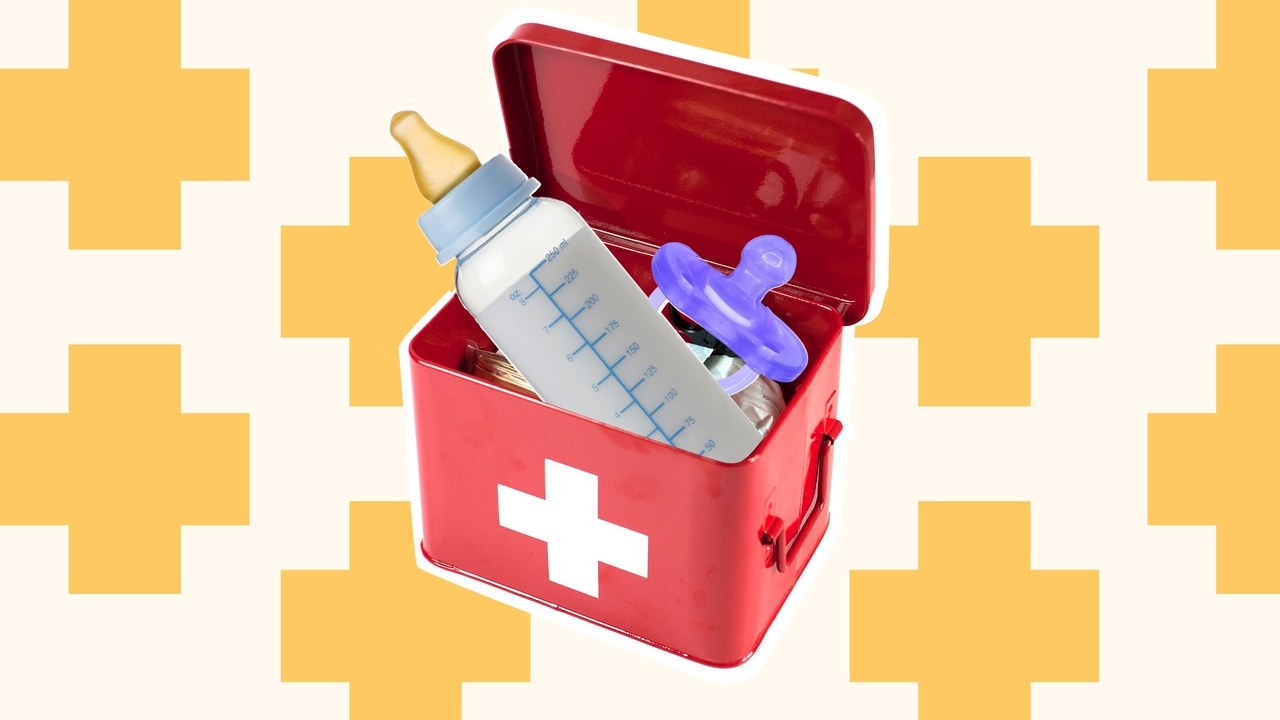Climate Change Parenting – How to Raise a Child at the End of the World

My two-year-old is funny and joyful and extremely cute, but she requires a lot of patience, and I am often desperate to disengage from her. I am not alone in this feeling; at any playground, as soon as parents are behind their kids, pushing them on the swings, we’re on our phones, distracting ourselves with a little Instagram-induced adrenaline rush. Anything will do the trick: friends’ selfies, Twitter jokes, even silly videos of other people’s kids. But the images of the burning Amazon and Australian wildfires that keep popping up on my newsfeed are not the sort of adrenaline rush I hope for.
Raising a kid in this precarious moment requires both reckless denial and meticulous planning. Before our child was born, I put an emergency survival kit on the baby registry because I figured we might need to prep for the apocalypse as a family of three. My partner—not a doomsday prepper herself—was skeptical at first. But the kit I picked out was inexpensive. (At under $40, it’s a steal compared to the giant camo backpacks with their own pre-printed “HELP” signs that retail for hundreds of dollars.) It was also one of the first items to go; a younger friend picked it off the registry right away.
If it were just my partner and me, we’d head for the open road when the time came or swallow cyanide together romantically. But babies need car seats and five square meals, including two to throw on the ground, and as we prepared for our kid’s arrival, I figured we should think about what we’d need to ensure her basic survival at the end of the world in advance.
In a disaster-prep presentation at work right before the baby was born (because we have those now), we were told to keep four gallons of water on us at all times. I pictured myself holding my toddler in one arm, her folded-up crib in the other, the backpack we use as a diaper bag crammed with water jugs on my back, the cat obviously forgotten at home. It was not a comforting vision.
That’s how we ended up with our end-times kit. You register for gifts so that the kind people in your life can help you get ready for life with your child—the right car seat, the best crib, flares in case of disaster. The kit I chose is packed into a black-and-silver tin a little bigger than a deck of cards, with a Dia de los Muertos skull design for our Instagrammable escape. You can do a lot with a tampon in the wilderness, they say, like filter water or have your period for three hours, so we’ll be fine with the single one in the kit. There are iodine tablets and doll-sized fire starters that I don’t know how to use, plus bandaids, which will probably come in handy for wildfire burns. Okay, so our emergency kit is a box of bandaids. We’re all set!
It is a profound leap of faith to bring another person into the world, and it is extra profound now. Some argue that it’s irresponsible to produce another consumer as we battle climate change, a person who will probably eat beef and fly on airplanes and drive a car for 80 years.
“It’s easy to give up meat and ride my bike everywhere, but to sacrifice having a family is a big change,” my friend Carlie says. She’s a paleontologist who studies dinosaur extinction and wears an inflatable T-Rex costume at Halloween, and she’s not sure whether she and her new husband will have kids. “There’s no way I can look at what we’re doing now and say a mass extinction isn’t coming,” she says, and I groan.
Those of us who plunged ahead despite the warnings are raising end-of-the-world babies. Before she was born, I promised myself that once I had a child I’d keep the gas tank full instead of zipping around with the warning light on like I used to, daring it to hit zero before I pulled into the cheap gas station. If we needed to evacuate, I intended to be able to leave. (I know several people who have fled climate emergencies, so the scenario is not as hypothetical as I want it to be.)
